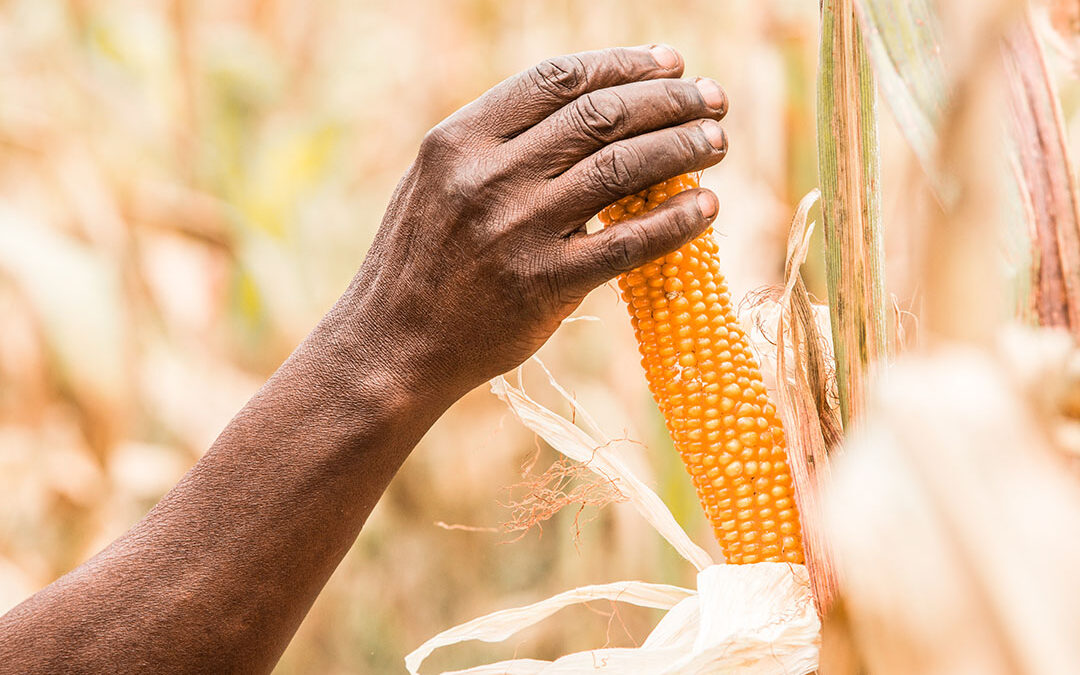The Food and Agriculture Organization of the United Nations (FAO) and the World Food Programme (WFP) warn that acute food insecurity is likely to deteriorate further in 18 hunger hotspots – comprising a total of 22 countries or territories including 2 regional clusters – during the outlook period from November 2023 to April 2024.
Burkina Faso, Mali, South Sudan and the Sudan remain at the highest concern level. Palestine was added to the list of countries/ territories of highest concern due to the severe escalation of conflict in October 2023. These hotspots have populations that are facing or projected to face starvation (Catastrophe, Integrated Food Security Phase Classification [IPC]/Cadre Harmonisé [CH] Phase 5) or are at risk of deterioration towards catastrophic conditions during the outlook period, given they have populations already facing critical food insecurity (Emergency, IPC/CH Phase 4) and are facing severe aggravating factors. These countries require the most urgent attention.
Afghanistan, the Democratic Republic of the Congo, Ethiopia, Haiti, Pakistan, Somalia, the Syrian Arab Republic and Yemen are hotspots of very high concern. All these hotspots have a high number of people facing or projected to face critical levels of acute food insecurity, coupled with worsening drivers that are expected to further intensify life‐threatening conditions in the coming months.
Since the May 2023 edition, Chad, Djibouti, the Niger, Palestine and Zimbabwe have been added to the list of hunger hotspot countries/ territories, while the countries in the Dry Corridor of Central America (El Salvador, Guatemala, Honduras and Nicaragua) and Malawi remain hunger hotspot countries. The countries/territories and situations covered in this report highlight the most significant deteriorations of hunger expected in the outlook period, but do not represent all countries or territories with high levels of acute food insecurity.
Armed violence, in particular the trend of increased civilian targeting, will likely continue to underpin the ongoing upward trajectory in global displacement. The ongoing hostilities in the Gaza Strip are expected to further intensify and exacerbate the already dramatic humanitarian implications for the population in the outlook period, with the risk of potentially wider regional implications. Instability and violence continue to surge in the Sahel region, from the recent coups in Burkina Faso, Mali and the Niger to the unabating conflict in the Sudan affecting neighbouring countries like Chad. Between July and September 2023, the region accounted for 22 percent of all global fatalities generated by conflict. The requested withdrawal and ongoing drawdown of peacekeeping missions from Mali, the Democratic Republic of the Congo and Somalia could amplify security voids, permitting increased non‐state armed group (NSAG) activities and attacks against civilians, and could cause constraints to humanitarian operations. Insecurity and conflicts are poised to exacerbate already restricted access to, and availability of, food – through displacement, the disruption of markets and livelihoods, and especially the reduction or abandonment of cultivated areas, contributing to deepening protracted food crises.
The situation is compounded by a sluggish global economic outlook for 2024 amid tight monetary policies, after global economic growth has decelerated in 2023. Although international food prices are generally declining, they remain high by historic standards, and are expected to come under increased upward pressure in the coming months due to oil price dynamics and the impact of El Niño conditions on agricultural production. In many low‐ and middle‐income countries, persistent elevated commodity prices, weak currencies and depleted foreign‐exchange reserves hamper the capacity to import goods of first necessity. Coupled with delays in price transmission and supply chain bottlenecks, these dynamics are contributing to a sharp rise in domestic food prices in several hotspots. Limited economic access is likely to be further compounded by the overall reduction in donor support to offset global hunger.
Ongoing or planned reductions and gaps in emergency agriculture, food and livelihood assistance affect several hunger hotspots of very high concern and highest concern, such as Afghanistan, Haiti, Palestine, Somalia, the Syrian Arabic Republic and Yemen, other hunger hotspots, such as Malawi, and countries or situations that require monitoring, such as Uganda and Cox’s Bazar (Bangladesh).
Weather extremes, such as heavy rains, tropical storms, cyclones, flooding, drought and increased climate variability, remain significant drivers of acute food insecurity in some countries and regions. By September 2023, El Niño reached its peak of activity, with forecasts suggesting a very high likelihood for El Niño conditions persisting throughout the forecast period. This climatic shift has already had a negative impact on various regions, notably Southeast Asia and Latin America, and is anticipated to persist in the upcoming six months, notably affecting regions in East Africa, Southern Africa and Latin America. Continuous monitoring of forecasts and their impacts on production remains critical.
Urgent and scaled-up assistance is required in all 18 hunger hotspots to protect livelihoods and increase access to food. This is essential to avert a further deterioration of acute food insecurity and malnutrition. In the hotspots of highest concern, humanitarian actions are critical in preventing further starvation and death. However, humanitarian access is limited in various ways, including insecurity due to organized violence or conflict, the presence of administrative or bureaucratic impediments, and movement restrictions.
This report provides country-specific recommendations on priorities for emergency response, as well as anticipatory actions to address existing humanitarian needs and ensure short‐term protective interventions before new needs materialize.
Source: Reliefweb

